The warm water trick is a way to encourage eggs that are overdue to hatch.
If your pigeon hasn’t hatched her eggs within the usual 18 day period, then it is likely there is a problem.
An incubator may help, but not always and not everyone has access to an incubator.
It is said that only half the eggs put into an incubator will actually hatch.
The warm water trick is an alternative method to help your chicks hatch.
As an Amazon Associate we may earn a small commission on purchases made through any Amazon links, this helps support us, thank you.
About to buy your first pigeon?
Click to view essential products to help you take the best care of them:
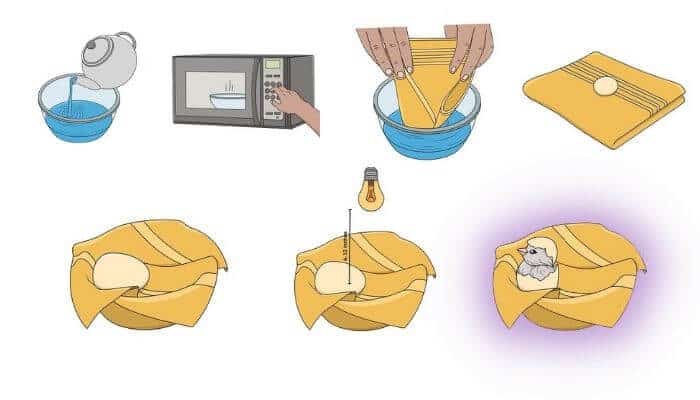
How To Do The Warm Water Trick:
- Find a ceramic bowl and put several inches of water into it.
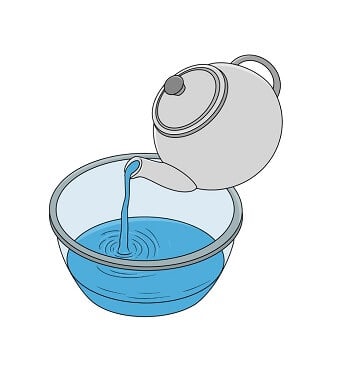
- Put it into a microwave on a medium heat for a few minutes.
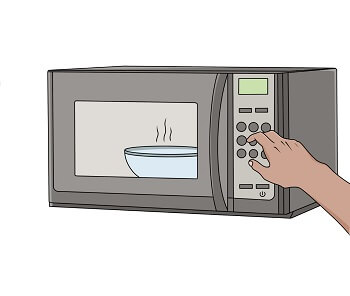
- Dampen a hand towel in the warm water
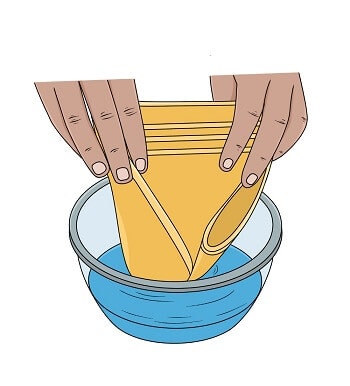
- Wrap the egg or eggs in the towel
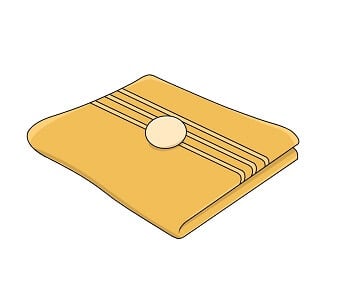
- Gently place the wrapped eggs in the bowl
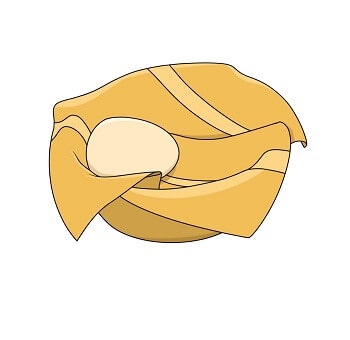
- Place a heat lamp over the bowl at a distance of 6-12 inches
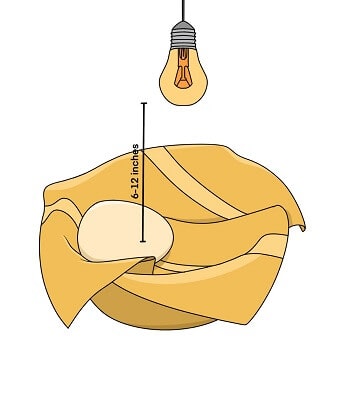
You need to keep the temperature between 37.2°C to 37.5°C to guarantee the development of the egg.
You need to rotate the towel every 6-8 hours to ensure the heat reaches the whole egg. This is also important so the embryo doesn’t stick to the side of the shell.
Moisten the towel again with warm water every time you turn it and hopefully your baby pigeon should hatch within a day or two.
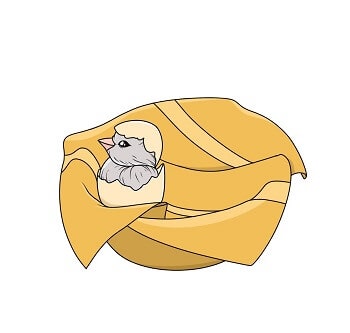
Warning: don’t be tempted to put the eggs in the microwave as that will kill the chicks.
Reasons Why the Eggs Haven’t Hatched
There are various reasons why pigeon eggs don’t hatch within the usual time and why they may not hatch at all.
These include:
- The eggs may not be fertilized. Female pigeons can lay eggs without mating with a male, but without fertilization, they won’t hatch. The female won’t sit on the eggs because she knows this.
- Sometimes young, first-time mothers don’t have the experience to incubate their eggs.
- Breeding pairs take turns sitting on the eggs. Normally, the male goes off to search for food during the morning and then they switch places during the afternoon so the female can go to find food. If, because of some accident, one of them doesn’t come back, the survivor won’t be able to complete the incubation. It takes two to hatch the brood.
- Female pigeons usually lay a clutch of two eggs. If there is only one in the nest, she may be waiting for the second to emerge before she starts sitting on them. This is quite normal behavior and it isn’t abandonment.
- Pigeon eggs can go up to 5 days without incubation and still survive.
- Female pigeons can sense if their brood isn’t healthy and won’t incubate them.
- Stillborn eggs are rejected immediately. They won’t waste time and effort on eggs that won’t hatch.
- Birds may have been scared off by predators or some other kind of threat that caused them to abandon their nest.
- A female whose mate is killed will take up with another male and abandon her first clutch.
If In Doubt, Test The Eggs
Healthy eggs are shiny-looking.
Their shells are also smooth to the touch, so run a finger over them to check the texture.
Another way to check is the light test, also known as candling. Take the eggs into a dark place and shine a light directly onto them.
If they are healthy you will see an embryo inside and reddish veins running through the egg.
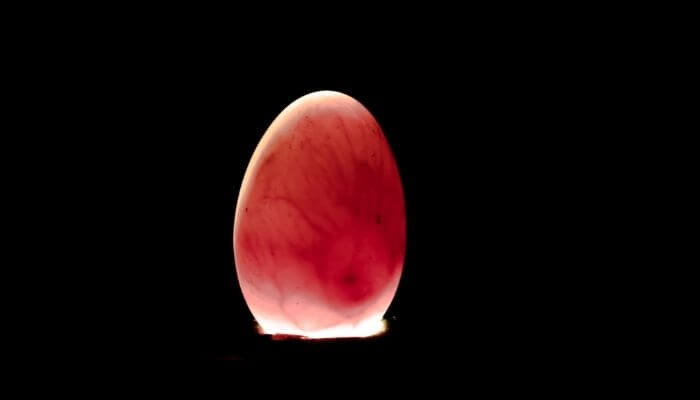
Before trying to incubate the egg yourself put it into a bowl of warm water.
If the egg floats and moves, you have a chance to hatch it. If it doesn’t do either, then it won’t hatch.
Can You Manually Hatch an Egg?
Taking care of a pigeon egg and manually hatching can be tricky as the process needs constant attention to detail.
The warmth of the water, the humidity, the temperature of heat lamps and the periodic rotation of the eggs, all need to be taken into account.
The constant monitoring is all very well if you have the time and patience to do so, but it isn’t always possible to be as vigilant as you should be.
Those that take breeding or pigeon farming seriously will have an incubator as a standby method of hatching eggs if pigeons won’t sit on their eggs.
Pigeon fanciers won’t need the large commercial incubators that the poultry industry uses, there are smaller alternatives that are just as effective.
Electronic incubators automatically..
- Keep the temperature steady
- Monitor humidity
- Automatically rotate the eggs
If for some reason you suffer a power cut, don’t open the incubator and take the eggs out. Just cover the incubator with towels or blankets.
This will keep the heat in for several hours. Hopefully, the power will come back on after a short period of time, but if it doesn’t there are emergency measures that you can take.
- Cover the eggs with hot water bottles
- Put them into Ziploc bags with hot water
- Spray the eggs periodically with warm water
- If you have a gas fired stove, heat house bricks, wrap them in towels and pack them around the eggs
There Are No Guarantees
There isn’t any artificial method that will guarantee your eggs will hatch.
Newly laid eggs are delicate structures and are prone to many mishaps if they aren’t brooded naturally.
Whether you use the manual method or a purpose-built incubator, you are at least giving those embryos a chance to survive and hatch into little squabs.
